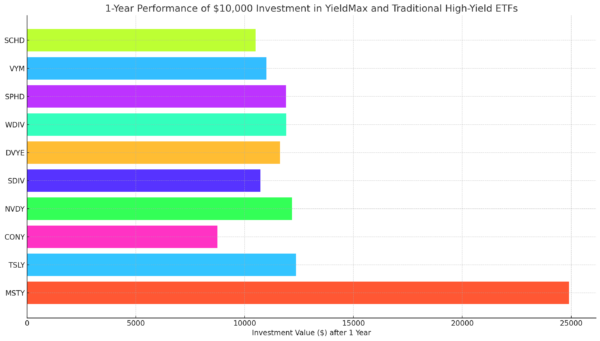Icahn Enterprises’ Dividend Safety: Can This Legendary Investor Keep Paying Shareholders 16%?
Today, Investment U’s Income Expert, Marc Lichtenfeld, takes a look at Icahn Enterprises’ dividend safety.
If we were going to create a Mount Rushmore of investors, no doubt Warren Buffett would be on it.
I’d put Jim Simons – the brilliant quant investor who started Renaissance Technologies, one of the most successful hedge funds in history – on it as well.
I’m not sure whether Carl Icahn would be on it or not, but he’d be mentioned in the conversation.
Icahn is the chairman of Icahn Enterprises (Nasdaq: IEP), a master limited partnership (MLP) that invests in the energy, real estate and automotive sectors, among others.
The company recently declared a $2 per unit distribution (MLPs’ form of a dividend). That comes out to a whopping 16% yield. But can Icahn continue to pay shareholders that steep of a yield?
Most MLPs report quarterly results in terms of distributable cash flow (DCF). Icahn Enterprises doesn’t. Instead, it reports net income attributable to Icahn Enterprises.
Net income isn’t the best metric to measure Icahn Enterprises dividend safety. But it’s what this company reports, so that’s what we have to use.
If you can’t be with the one you love, love the one you’re with…
Icahn Enterprises’ Dividend Safety Rating Overview
In 2019, net income attributable to the company was negative $1.1 billion. It was also negative in the first six months of this year.
EBITDA (earnings before interest, taxes, depreciation and amortization), which is considered a watered-down version of cash flow, was also negative in the first six months.
With these numbers, of course Icahn Enterprises’ payout ratio is a negative number. That means the company has to raise money from debt or dip into cash to pay the distribution.
Next year, earnings are expected to improve but still be negative.
This is not unusual for Icahn Enterprises. Since 2016, net income has been positive only twice.
Yet, the company has a solid recent distribution-paying track record.
Icahn Enterprises began paying a distribution in 2005. It cut the distribution in 2011 and then eliminated it until 2013. But since then, there have been no reductions and four increases.
In recent years, management has shown a commitment to the distribution, but the financials don’t support it. Management could easily cut the distribution in half and still pay a generous 8% yield that would be better than most dividend payers’ payouts.
With Icahn’s 16% yield and financials that can’t afford the distribution, you have to consider the possibility that the distribution will be cut.
Dividend Safety Rating: D
As you can see, Icahn Enterprises’ dividend safety is not very safe at the moment. The financial support for distribution just doesn’t add up. As a result, the distribution will likely be cut if nothing changes. For more information on the latest dividend updates and retirement strategies, sign up for the Wealthy Retirement e-letter below.
About Marc Lichtenfeld
Marc Lichtenfeld is the Chief Income Strategist of Investment U’s publisher, The Oxford Club. He has more than three decades of experience in the market and a dedicated following of more than 500,000 investors.
After getting his start on the trading desk at Carlin Equities, he moved over to Avalon Research Group as a senior analyst. Over the years, Marc’s commentary has appeared in The Wall Street Journal, Barron’s and U.S. News & World Report, among other outlets. Prior to joining The Oxford Club, he was a senior columnist at Jim Cramer’s TheStreet. Today, he is a sought-after media guest who has appeared on CNBC, Fox Business and Yahoo Finance.
Marc shares his financial advice via The Oxford Club’s free daily e-letter called Wealthy Retirement and a monthly, income-focused newsletter called The Oxford Income Letter. He also runs four subscription-based trading services: Technical Pattern Profits, Penny Options Trader, Oxford Bond Advantage and Predictive Profits.
His first book, Get Rich with Dividends: A Proven System for Earning Double-Digit Returns, achieved bestseller status shortly after its release in 2012, and the second edition was named the 2018 Book of the Year by the Institute for Financial Literacy. It has been published in four languages. In early 2018, Marc released his second book, You Don’t Have to Drive an Uber in Retirement: How to Maintain Your Lifestyle without Getting a Job or Cutting Corners, which hit No. 1 on Amazon’s bestseller list. It was named the 2019 Book of the Year by the Institute for Financial Literacy.








